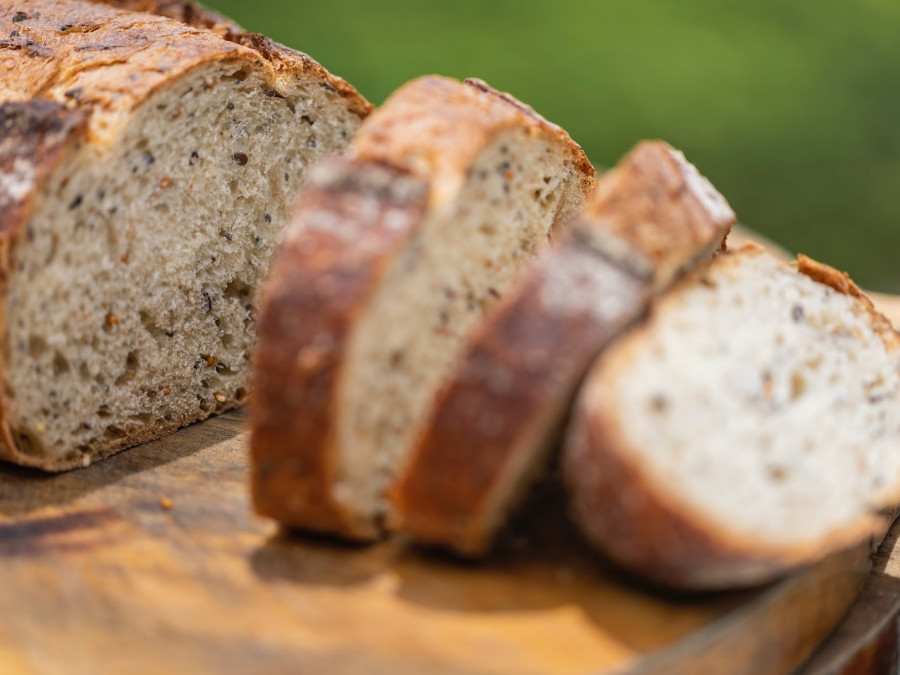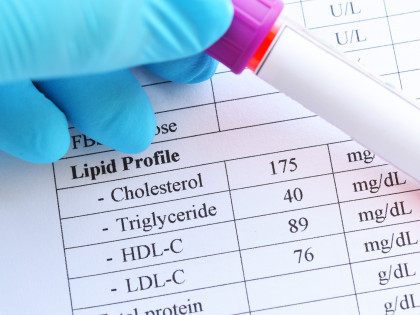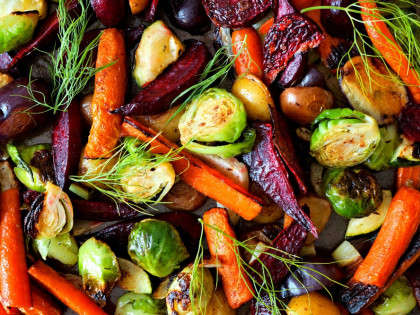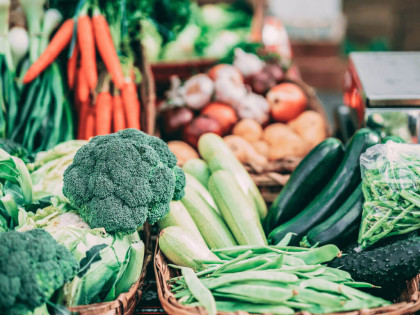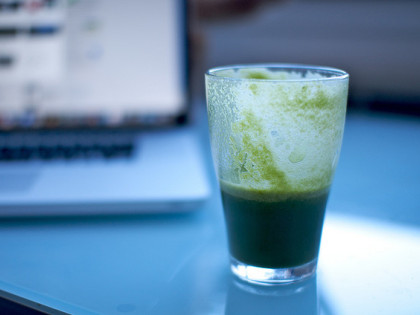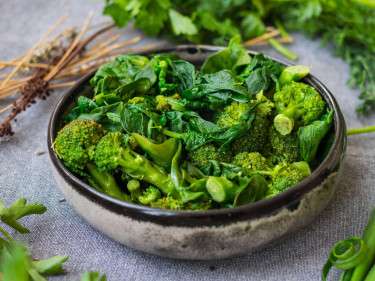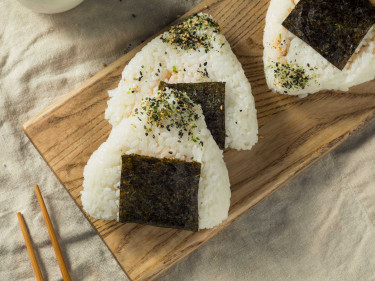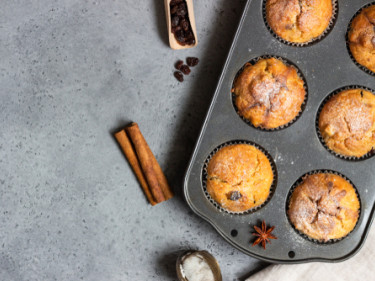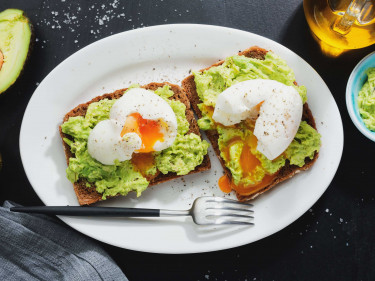The Glycaemic Index (GI) is a relative ranking from 0-100 based on how quickly and how much carbohydrate foods raise blood sugar levels after being eaten. Generally, we categorise carbohydrate foods according to their GI as Low (55 or less), Medium (56-69) and High (70+).
- Low GI foods(<55) are slowly digested in the body, and have a slower, lower rise in blood sugar levels. These foods can help you feel fuller for longer
- High GI foods (70+) are quickly absorbed into the blood stream and have a much faster and higher rise in blood sugar levels. This can often cause a ‘crash and burn’ effect.
Which foods are which?
Lower GI (<55) foods include wholegrain breads and pasta, oats, fruits, yoghurt, milk, beans and lentils.
Medium GI (55 to 70) – foods include orange juice, honey, basmati rice.
Higher GI (70+) foods include white bread, processed cereals, short grain rice, potato, most cracker biscuits, watermelon, energy drinks.
Why the GI is important?
- Lower GI foods can help you feel fuller for longer to help with weight management
- Low GI foods two hours before endurance events, such as long-distance running, may improve exercise capacity.
- High GI foods are recommended during the first 24 hours of recovery after an event to rapidly replenish muscle fuel stores (glycogen).
- Lower GI foods produce lower, more stable blood sugar levels and therefore can help improve the control of diabetes
Which foods are which?
Lower GI foods include wholegrain breads and pasta, oats, fruits, yoghurt, milk, beans and lentils.
Higher GI foods include white bread, processed cereals, short grain rice, potato, most cracker biscuits and watermelon.
Why should I eat lower GI foods?
Lower GI foods are typically higher in fibre, keeping us fuller for longer and promoting good gut health. They also have a better effect on blood glucose levels, reducing insulin levels and insulin resistance. However, its important to remember that both low GI and high GI foods can be included as part of a healthy diet.



